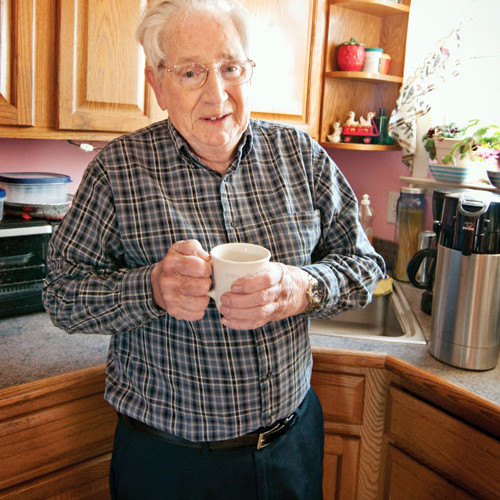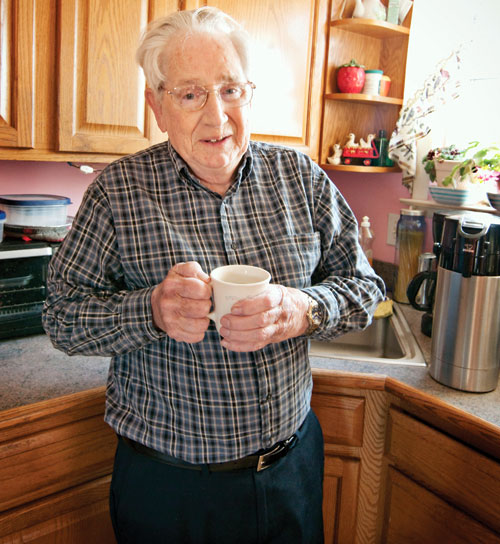New stent system improves outlook for peripheral artery disease


Christiana Care is among the first health care organizations in the U.S. to participate in a unique international medical trial involving a new stent system developed in Japan for treating peripheral artery disease (PAD). The occlusive/stenotic peripheral artery revascularization study, dubbed “OSPREY,” will test a new, more flexible stent system for use in the superficial femoral artery, a long curvy artery in the thigh that supplies blood to the leg.
“The value of this study, and others like it, to the physicians at Christiana Care is that it allows us to stay at the forefront of technology and participate in developing and assessing new devices and techniques for treating cardiovascular disease,” says Daniel A. Leung, M.D., Christiana Care vascular and interventional radiologist. “Our patients also benefit because they have access to new technology that is not generally available.”
Stents of this type may improve outcomes for patients with PAD, which causes narrowing or occlusion of the artery, restricting blood flow to the extremities. Symptoms include cramping, pain or tiredness in the leg or hip muscles while walking or climbing stairs. Typically, the pain goes away with rest, but flares up again when walking resumes.
“This stent is made to be more flexible,” says Krista Brazell, RN, BSN, OSPREY study coordinator. “Some of the stents traditionally used are too rigid to really get through the curves of the superficial femoral artery. This new design makes the stent more flexible and able to be turned and shaped to fit inside the vessel.”
Most cases of PAD are manageable with lifestyle changes and medical therapy; however, left untreated this condition can lead to gangrene and amputation of the affected limb. The disease affects approximately 8 million Americans.
James Philhower is one of the patients enrolled in the trial. He calls the results “amazing.” Philhower’s circulation in his right leg was so bad he suffered with painful “pins and needles” for months.
“It was so bad I could barely walk,” Philhower says. “We decided to go with the new stent, and it improved 100 percent. It’s just like a new world, really.”
The pilot program is part of a larger Harmonization by Doing (HBD) initiative, a cooperative effort led by the U.S. Food & Drug Administration, the Japanese government’s regulatory body, and Terumo Medical Corp., a U.S.-based subsidiary of Terumo Corp. of Tokyo. Terumo manufactures the MISAGO stent system.
The OSPREY study will take place simultaneously at centers in the U.S. and Japan, a research approach designed to speed the time it takes to gain government approvals and bring the device to market.
“It’s exciting that we’re able to pilot this program here and get the device to market more rapidly,” says Angela DiSabatino, RN, MS, manager of Cardiovascular Clinical Trials. “Ultimately it’s a good thing for our patients.”
“This stent is made to be more flexible,” says Krista Brazell, RN, BSN, OSPREY study coordinator. “Some of the stents traditionally used are too rigid to really get through the curves of the superficial femoral artery. This new design makes the stent more flexible and able to be turned and shaped to fit inside the vessel.”